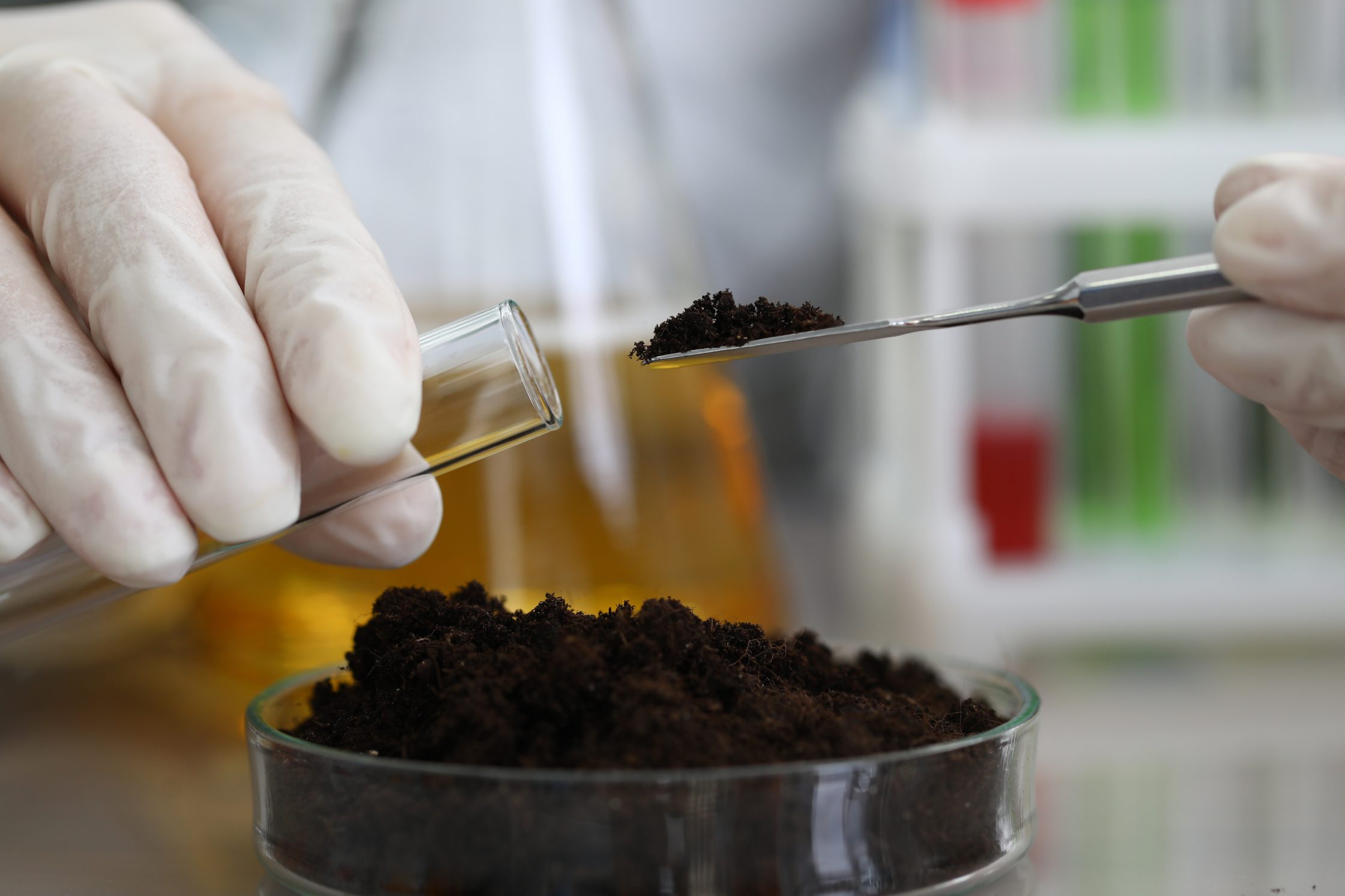Inside the Biodyne Microbe Fermentation Process

We go the extra mile to ensure we have the highest quality microbials for your fields. Each step in the microbial process, from microbe isolation to formulation, fermentation and application is completed in-house, in the U.S. Having our products start and end in our facilities allows us to carefully craft and monitor our microbial families as they go through the fermentation process.
“Once we start a brew, it is watched meticulously, start to finish,” Michelle Wells, Biodyne and BW-Fusion Biological Lab Manager, says. “We’re checking agitation levels, dissolved oxygen percentages, color, clarity, consistency.”
Along with our thorough in-house quality assurance testing, we distribute samples to an external lab to confirm the results of our microbiology team's plate counts and DNA polymerase chain reaction tests. This extra step ensures that other labs are seeing the same results we are and provides an additional layer of validation to our products.
Performing the initial product tests internally gives us new, valuable information supporting our continuous research and new product developments and improvements.
"Because our teams of bacteria work together in harmonious symphony for the plant at all stages of growth, every time we run tests we find new things that we can do," Michelle says. "The capabilities of our microbial teams and the way that they are put together is endless."
In the end, we've created consistent, stable products with proven results. Our 30+ years of research and development have given us the knowledge we need to combine bacteria strains and achieve better results with fewer products.
We provide over two dozen strains of microorganisms per blend, compared to one or two microbe varieties with a single function you may find elsewhere.
Having over 24 strains of microbes in our products ensures that no matter the conditions, you’ve got microbes working for you. Some strains thrive in cold, wet conditions, and others in hot, dry environments. Even better, there are plenty of strains that operate well in all of the unpredictable weather conditions we experience year after year.
"What our teams give us is a multi-dimensional approach to helping our plant grow better," Michelle says. "Our teams provide our plant with the resources to adapt to what our world gives it."